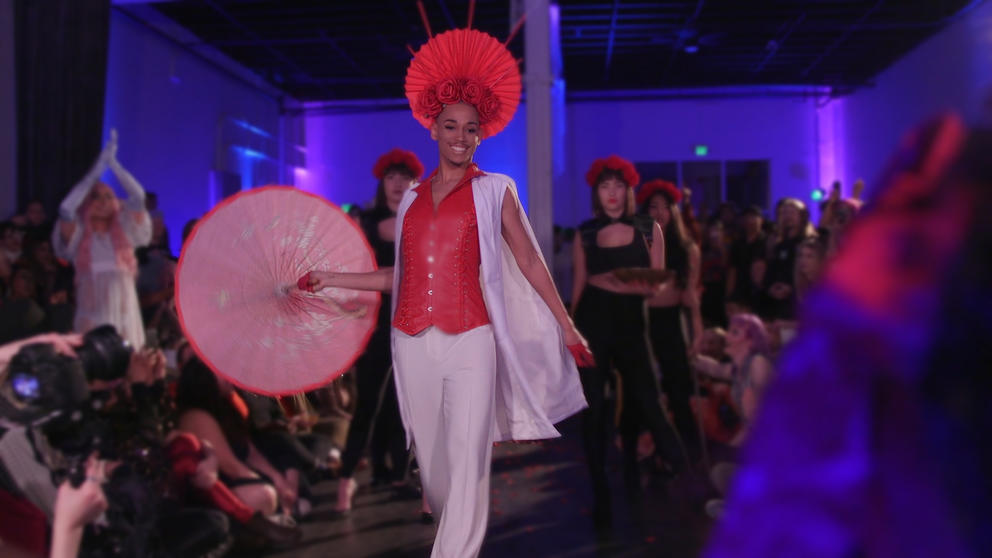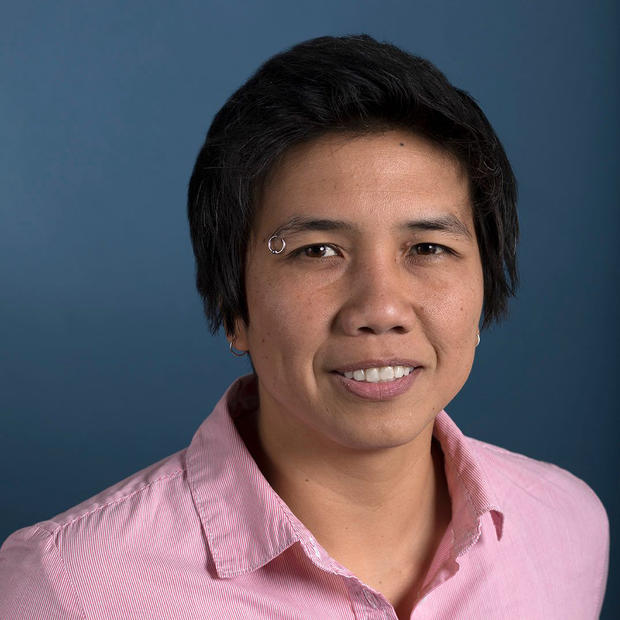The LGBTQ underground Ball and House culture was established by the urban Black and Latino gay communities of New York City in the 1960s. Inspired by runway fashion galas, balls became a place for the creative expression of gender and social roles.
From Ball Culture came the formation of “Houses,” a chosen family of people led by “Mothers” or “Fathers” who provide a support system and acceptance.
The Pacific Northwest is home to a recently seeded and growing Ball and House culture, with several Houses that support the LGBTQ community while also pushing the boundaries of both inclusivity and creativity.
“LGBTQ folks don’t have access to the Met Galas and these massive fashion events,” says Stephaun Blahnik of the Legendary House of Blahnik. “Balls are the quintessential space for us to shine.”




